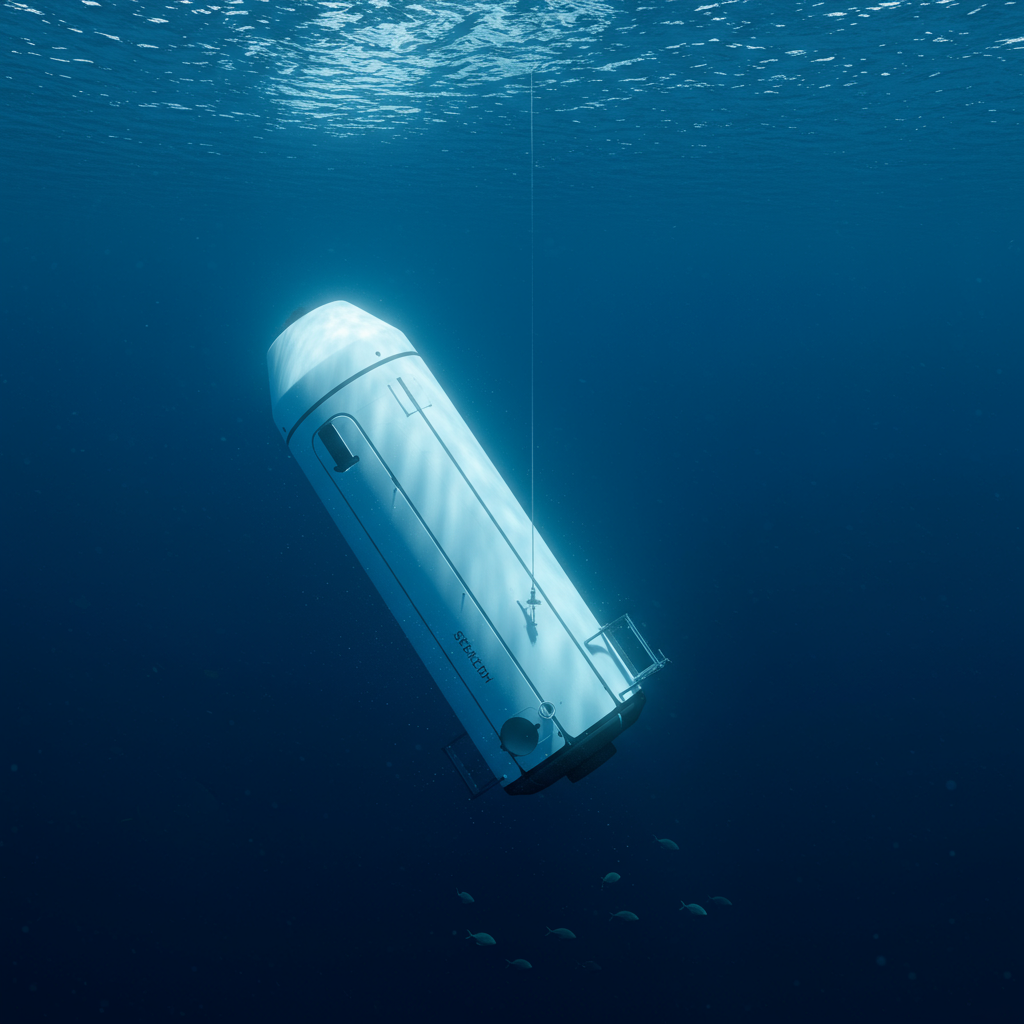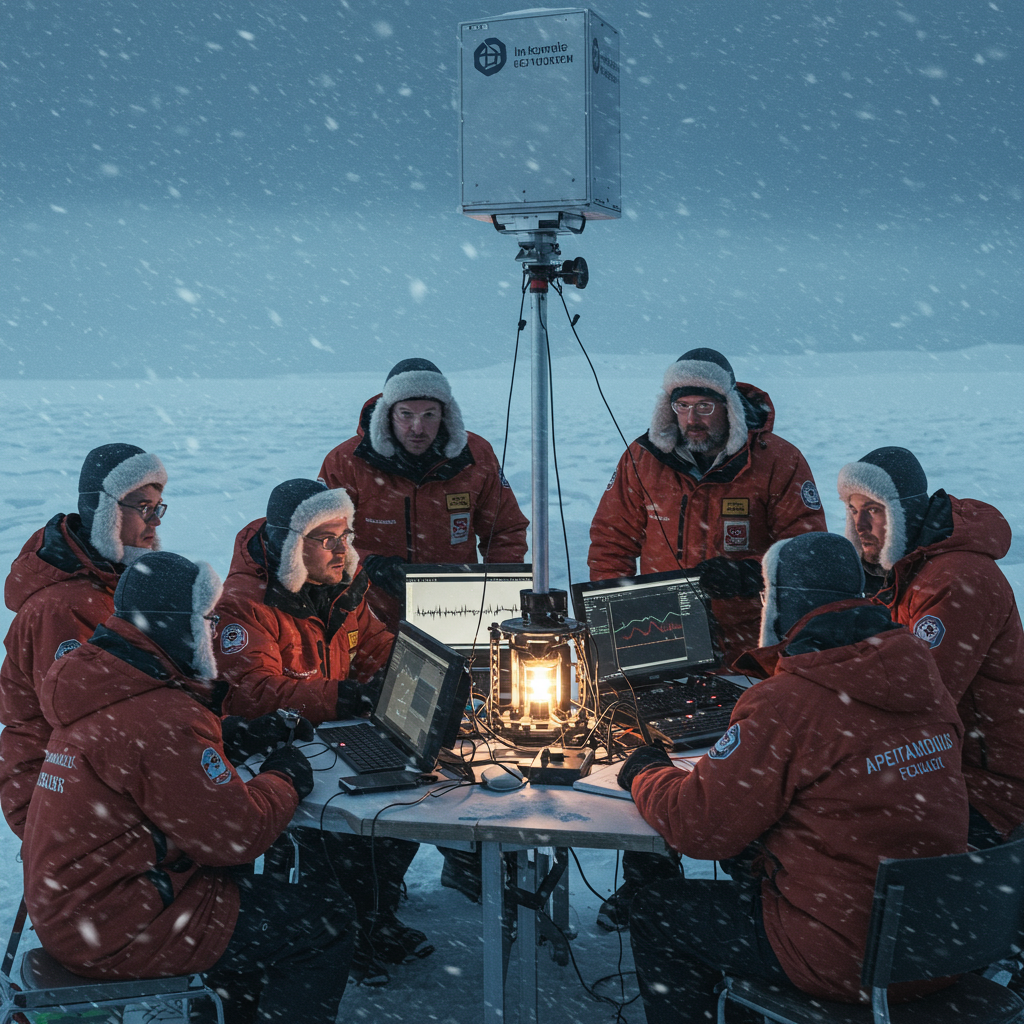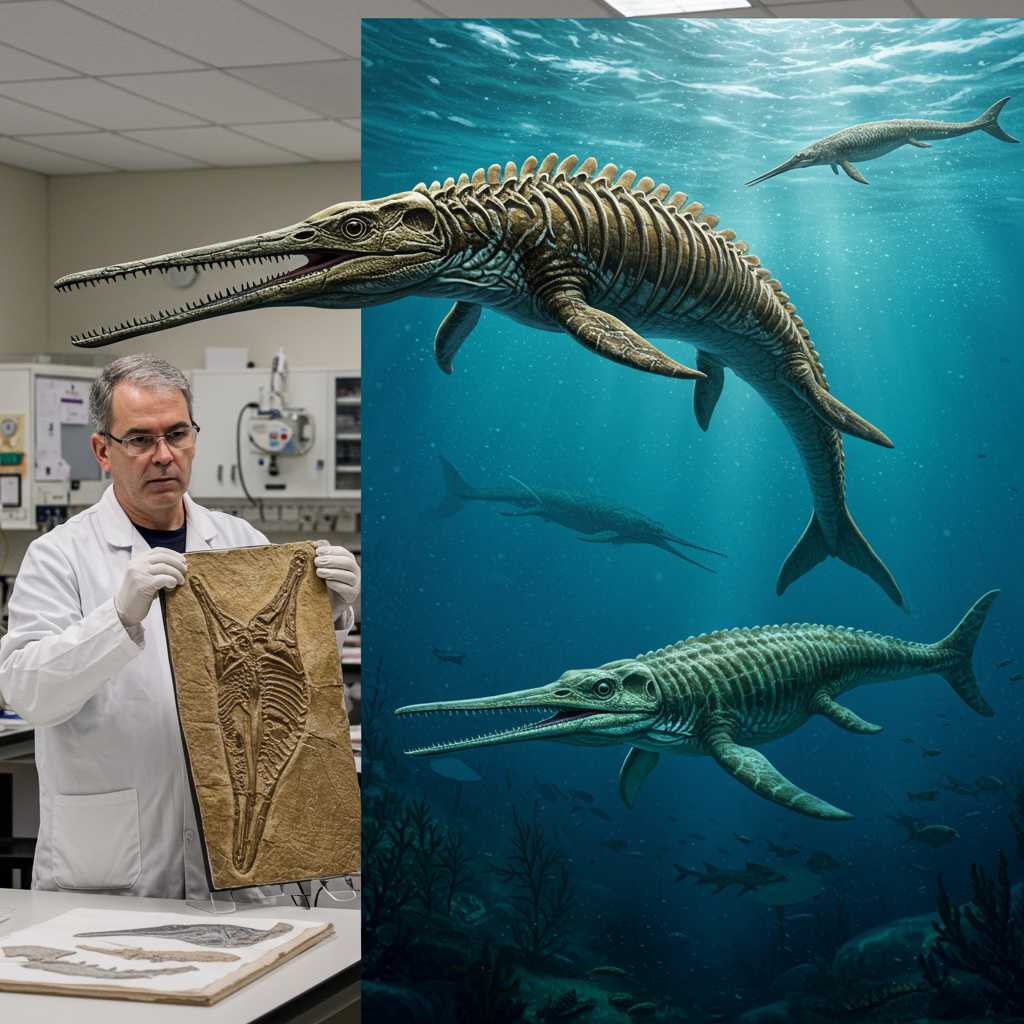The journey was meant to be a profound memorial, sending the symbolic ashes of over 160 individuals into the vastness of space. It was also intended to be a step forward for reusable spacecraft technology and even pave the way for potential space farming. Instead, a recent mission by a German startup ended abruptly not among the stars, but deep within the Pacific Ocean, leaving behind disappointed families and lost scientific cargo.
This incident involved the Nyx capsule, developed by The Exploration Company (TEC). Launched as part of their “Mission Possible” program, this flight aimed to demonstrate key capabilities for future orbital missions. However, the mission took an unexpected turn during re-entry, resulting in the capsule’s unplanned crash into the ocean.
What Went Wrong: The Nyx Capsule’s Failed Landing
The Nyx capsule lifted off from Vandenberg Space Force Base in California on June 23rd as a rideshare payload with SpaceX. The ascent into orbit and initial operations were reportedly successful. The plan called for the capsule to complete its orbital tasks and then return to Earth for a controlled landing, ideally to be recovered.
However, on June 24th, during the critical re-entry phase, the capsule encountered a significant problem. The parachute system, designed to slow the descent and allow for a gentle splashdown or landing, failed to deploy correctly. Without this crucial deceleration mechanism, the Nyx capsule plummeted into the Pacific Ocean. The impact was severe enough to compromise the capsule and lead to the loss of its contents.
The Exploration Company later confirmed the parachute failure was the direct cause of the crash. In a statement, TEC explained that the parachute system had not undergone drop-testing prior to this mission. This decision was made as a calculated risk to lower costs and accelerate development time, with the understanding that each flight would provide vital learning opportunities. While this approach can speed up innovation, this incident highlights the inherent dangers associated with skipping traditional, rigorous testing protocols in complex aerospace engineering. The parachute model itself had previously been used on SpaceX’s Dragon spacecraft, though integration and deployment mechanisms are unique to each vehicle.
The Mission’s Unexpected Cargo
What made this particular crash notable wasn’t just the failure itself, but the highly unusual and deeply significant cargo the Nyx capsule carried.
One segment of the payload consisted of human cremated remains. These were provided by Celestis, a Texas-based company specializing in memorial spaceflights. Celestis offers individuals the service of sending a small portion of a loved one’s ashes into space, either for a brief orbital flight before re-entry or, in some cases, for journeys to the Moon or deep space. This mission was carrying the remains of over 160 individuals, representing a unique form of tribute for their families. Tragically, this isn’t the first time a Celestis payload has been lost; a similar incident occurred in 2023 involving a different launch vehicle.
The other distinctive part of the cargo involved plant matter and seeds from cannabis. This wasn’t intended for recreational use. Instead, it was part of an open-source citizen science initiative known as the Martian Grow project. This research endeavor aims to study how cannabis plants germinate and develop resilience in the microgravity environment of space. Understanding plant behavior in different gravitational conditions is crucial for potential future long-duration space missions and extraterrestrial colonization efforts where growing food or resources locally will be essential.
Company Response and Future Outlook
Following the crash and the confirmed loss of the capsule and its cargo, The Exploration Company issued a formal apology. Both the company in its statement and TEC founder and CEO, Hélène Huby, specifically addressed the clients who had entrusted them with their payloads, acknowledging the disappointment and loss.
Despite the failure to complete the mission as planned, TEC characterized the flight as a “partial success.” This framing emphasizes the technical milestones achieved before the crash, such as the successful launch, orbital operations, and controlled re-entry initiation. The company stated that this incident, while regrettable, serves as a critical learning opportunity. They plan to conduct a thorough investigation into the parachute failure to understand precisely what went wrong and incorporate those lessons into the design and testing of their future vehicles.
Hélène Huby echoed this sentiment, stating that while full success was hoped for, “partial success is often part of the road for those who take risks and push boundaries.” She took responsibility for the outcome and reiterated the company’s commitment to continuing their development and re-flying missions as soon as possible after implementing the necessary improvements derived from this setback.
The Implications for Private Space Ventures
This event underscores several key aspects of the rapidly evolving private space industry. First, it highlights the inherent risks involved in pushing the boundaries of technology, particularly with complex systems like reusable spacecraft. While agility and rapid development are hallmarks of startups, they must be balanced against the need for rigorous testing and reliability, especially when carrying valuable or deeply personal cargo.
Second, the incident draws attention to niche but growing sectors within the space economy, such as space burial services and commercial platforms for scientific research in orbit. The loss of the human remains is a stark reminder of the emotional stakes involved in these services, necessitating utmost diligence from providers. Similarly, the loss of the Martian Grow experiment represents a setback for valuable research into space agriculture.
Finally, TEC’s response, focusing on learning from failure and pushing forward, is typical of the culture in the aerospace sector. While disappointing for those affected, the data gleaned from this “partial success” will likely be invaluable for TEC’s future development efforts as they work towards creating reliable, reusable spacecraft. The incident will undoubtedly prompt further scrutiny within the company and potentially the wider industry regarding acceptable risk levels and testing methodologies.
Frequently Asked Questions
What caused the Nyx capsule to crash into the ocean?
The Nyx capsule crashed because its landing parachute system failed to deploy properly during its re-entry into Earth’s atmosphere on June 24th. The Exploration Company (TEC), which built the capsule, stated that the parachute system had not undergone prior drop-testing as part of a strategy to reduce costs and accelerate development. This lack of full testing contributed to the system’s failure during the actual mission, leading to an uncontrolled descent into the Pacific Ocean.
Where were the human remains and cannabis payload intended to go?
The human remains, provided by Celestis, were intended for a memorial spaceflight where they would spend time in orbit before the capsule returned to Earth for recovery. The cannabis plant matter for the Martian Grow project was part of a scientific experiment also conducted in orbit, designed to study the effects of microgravity. Both payloads were on board for the entire mission cycle, with the expectation that the capsule and its contents would be recovered after a successful landing or splashdown, not lost in the ocean.
What happens next for The Exploration Company and the affected families?
The Exploration Company (TEC) is conducting a thorough investigation into the parachute failure to understand the root cause and implement improvements for future missions. They view the flight as a “partial success” based on achieving other mission objectives before the failure. TEC has apologized to the affected clients, including the families whose loved one’s remains were lost. For the families who used Celestis’s service, the loss is permanent, and they have received an apology from both TEC and implicitly from Celestis, which coordinated the payload. TEC intends to learn from this event and proceed with developing and flying its next spacecraft.
Conclusion: Balancing Innovation and Risk
The crash of The Exploration Company’s Nyx capsule serves as a powerful reminder of the challenges and risks inherent in developing cutting-edge space technology. While the goal of reusable spacecraft is vital for making space access more affordable and routine, the path to achieving this is fraught with potential setbacks. The unique cargo – a blend of deeply personal memorials and forward-thinking scientific research – adds an additional layer of consequence to this particular failure. As private space exploration continues to expand, incidents like this highlight the critical need for a careful balance between rapid innovation, ambitious goals, and the foundational requirement for reliability and safety, especially when people are literally entrusting companies with precious cargo, both scientific and symbolic. The lessons learned from this unexpected splashdown will undoubtedly influence future missions and the standards by which the burgeoning private space sector operates.




